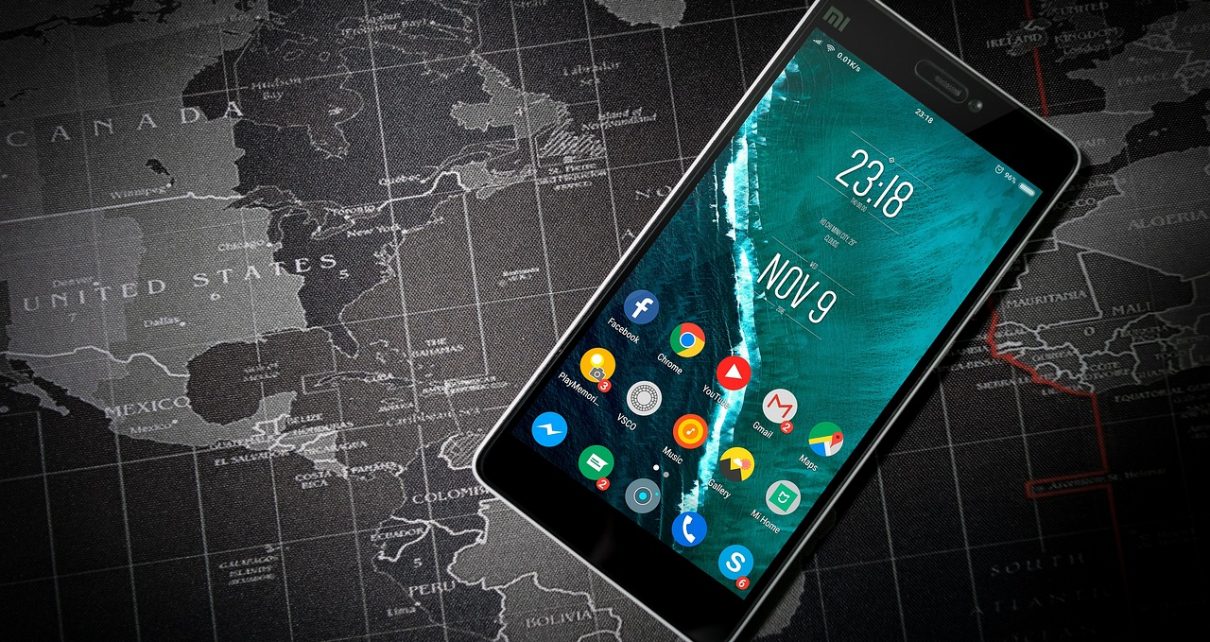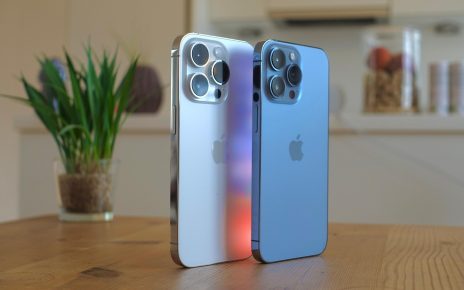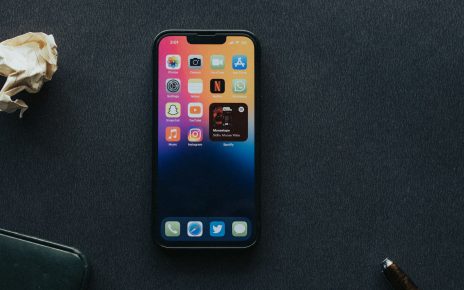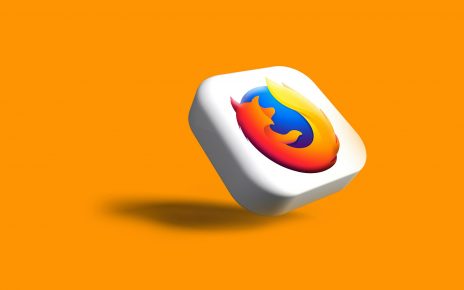Google’s Pixel smartphones continue to evolve with each new generation, and the Pixel 8 is no exception. Launched in October 2023, the Pixel 8 brings noticeable improvements over the Pixel 6, which debuted in late 2021. While both devices maintain the signature Google design and software experience, several hardware and performance upgrades make the Pixel 8 a more refined offering. Here’s a detailed breakdown of how the two models compare across key specifications.
Display and Design
The Pixel 6 features a slightly larger 6.4-inch AMOLED display with a 90Hz refresh rate, while the Pixel 8 opts for a more compact 6.2-inch OLED panel but increases the refresh rate to 120Hz, delivering smoother visuals. Both phones share the same resolution of 2400 x 1080 pixels with a 20:9 aspect ratio. However, the Pixel 8 boasts a higher pixel density (424 PPI vs. 411 PPI) and a greater screen-to-body ratio at nearly 87%, compared to about 84% on the Pixel 6. Both displays are protected by Corning Gorilla Glass Victus and support HDR content.
Performance and Software
Under the hood, the Pixel 6 is powered by Google’s first-generation Tensor chip, built on a 5nm process. It features an octa-core CPU configuration led by a Cortex-X1 core. The Pixel 8, however, introduces the Tensor G3 processor with a more advanced 9-core architecture, combining high-performance and efficiency cores for better multitasking and power management. The GPU has also been upgraded to the Immortalis-G715s MC10, offering enhanced graphics performance over the Mali-G78 in the Pixel 6.
Both models come with 8GB of RAM, though the Pixel 8 uses LPDDR5X memory, offering faster data rates than the LPDDR5 in the Pixel 6. Storage options remain unchanged at 128GB of UFS 3.1 storage without microSD support. On the software side, both devices run Android 15, with the Pixel 6 supporting earlier versions down to Android 12.
Battery and Charging
Battery capacity is nearly identical between the two, with the Pixel 6 housing a 4614 mAh battery and the Pixel 8 slightly behind at 4575 mAh. Despite the small drop in capacity, the Pixel 8 supports faster wired charging at up to 27W, compared to 21W on the Pixel 6. Wireless charging capabilities remain similar, though the Pixel 6 offers a slightly higher wireless charging speed at 21W versus 18W on the newer model. Both phones support Qi wireless and reverse wireless charging features.
Camera Capabilities
The main camera sensor on both devices is a 50 MP shooter, but the Pixel 8 introduces additional enhancements, including Phase Detection Autofocus (PDAF) alongside optical image stabilization (OIS) and laser autofocus. The aperture is also wider on the Pixel 8 at f/1.7, compared to f/1.9 on the Pixel 6, which should improve low-light performance.
The ultra-wide secondary camera remains at 12 MP, but the Pixel 8’s version includes OIS and autofocus for more stability and flexibility. On the front, the Pixel 8 upgrades to a 10.5 MP selfie camera, offering 4K video capture—an improvement over the 8 MP front camera on the Pixel 6.
Video recording has also seen a bump. While both phones support 4K video at 60 fps, the Pixel 8 goes further with Full HD recording at 240 fps, providing super slow-motion capabilities. The Pixel 6 caps Full HD video at 60 fps.
Final Thoughts
While the Pixel 6 remains a solid device with excellent value, the Pixel 8 builds on its foundation with performance upgrades, camera improvements, and a more responsive display. Users looking for better graphics, faster charging, and enhanced photo and video capabilities may find the Pixel 8 to be a worthy successor. However, for those satisfied with their Pixel 6 or looking for a more budget-friendly option, the older model still delivers a premium Android experience backed by Google’s robust software support.



